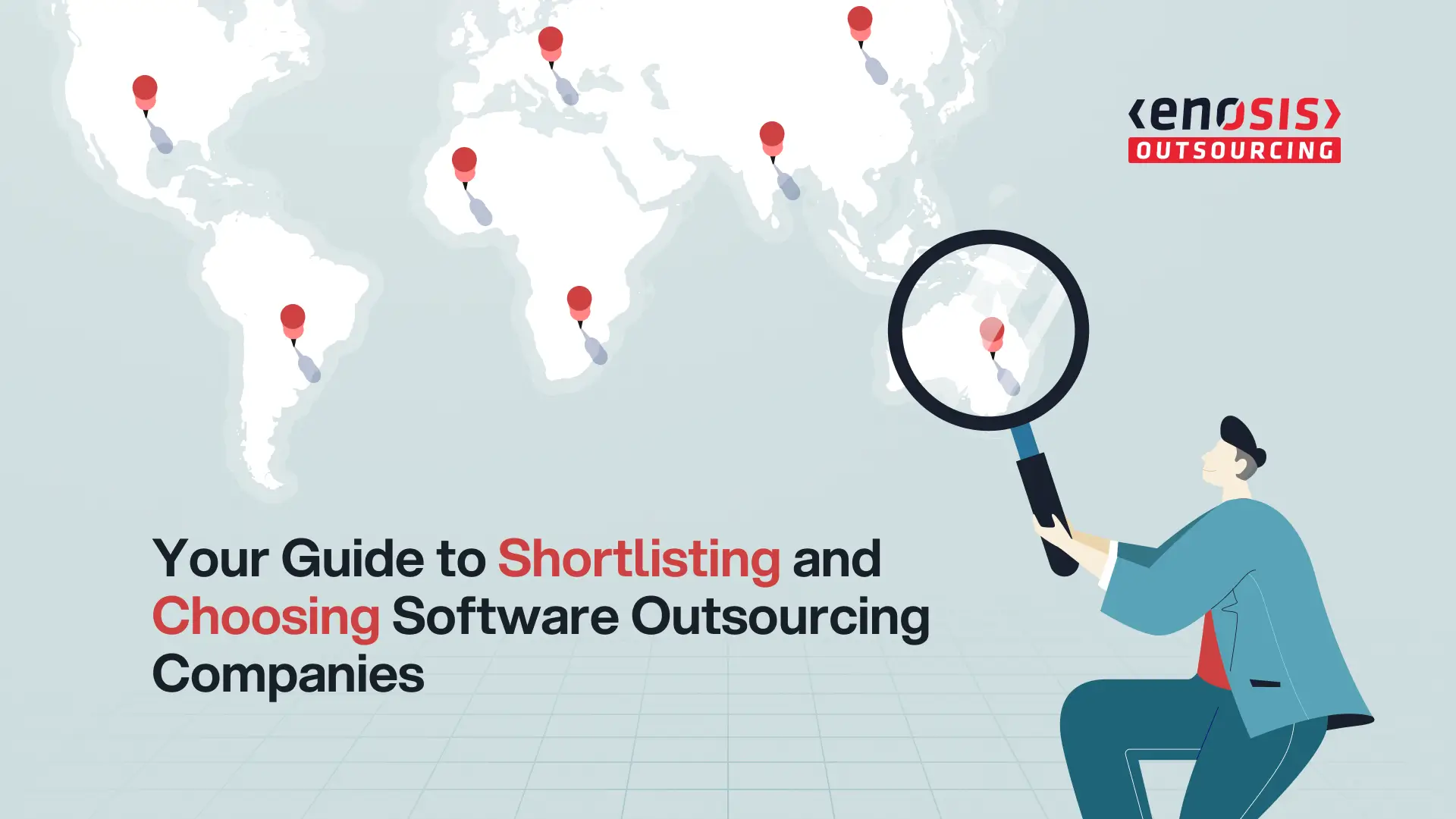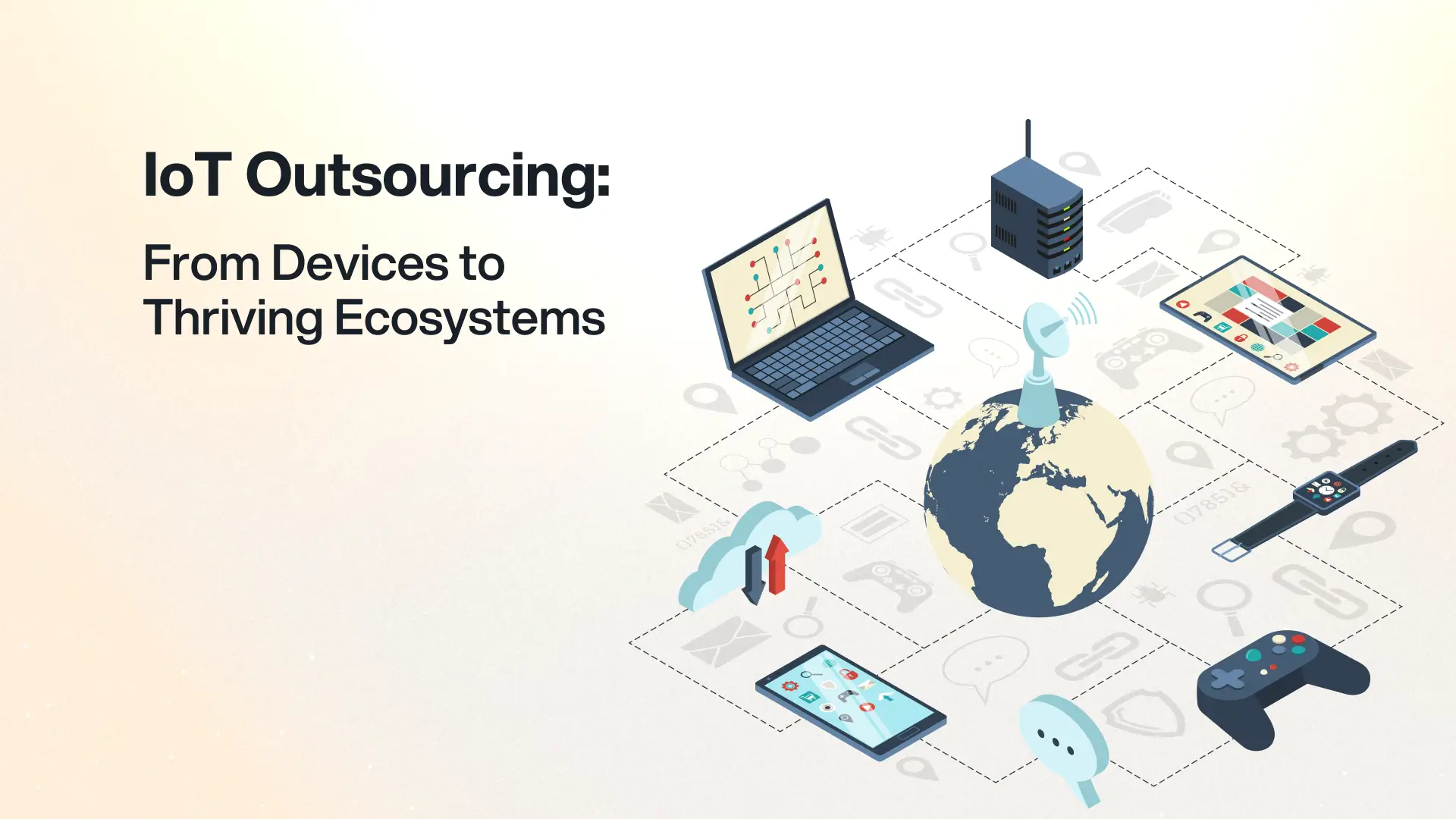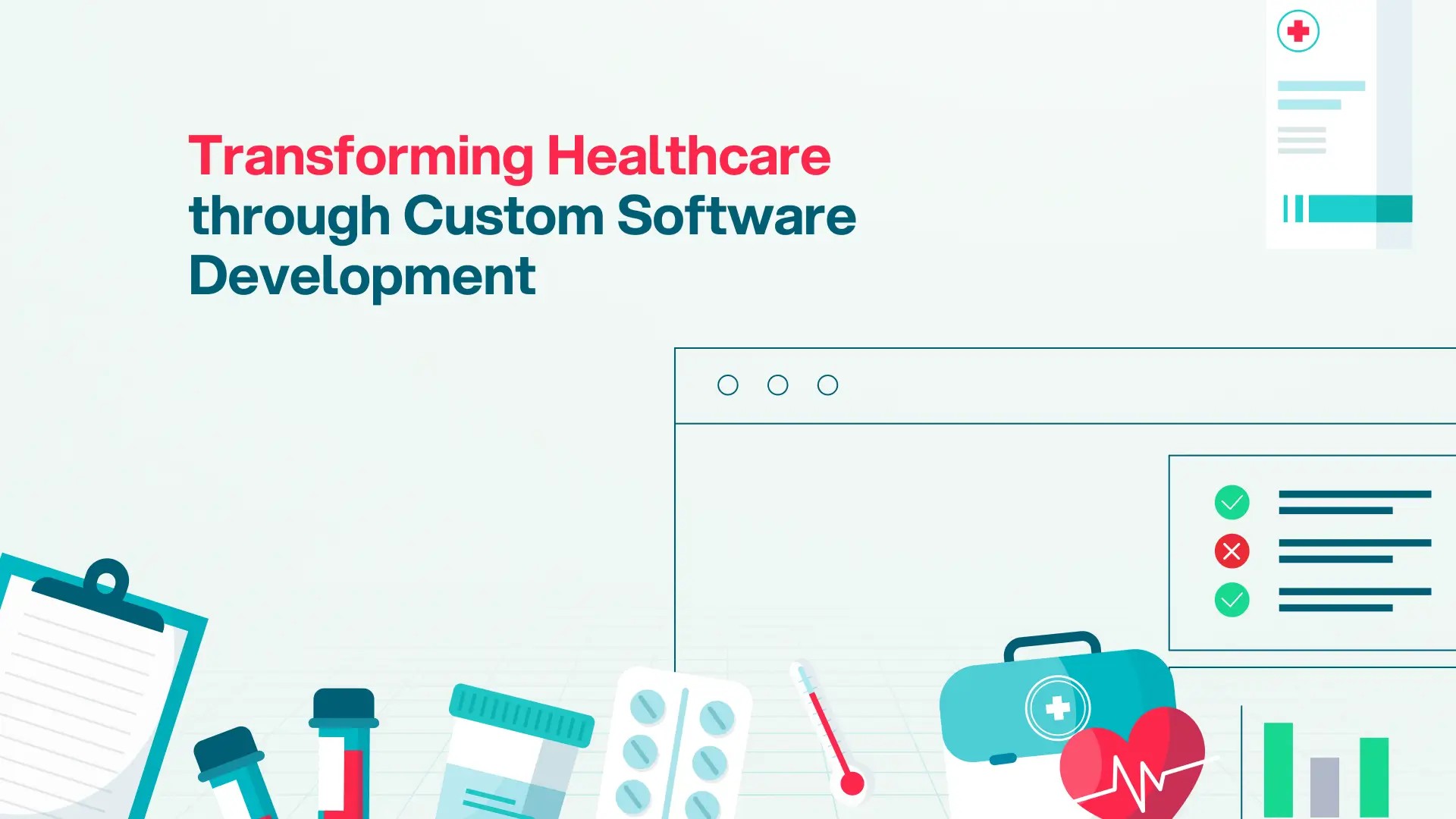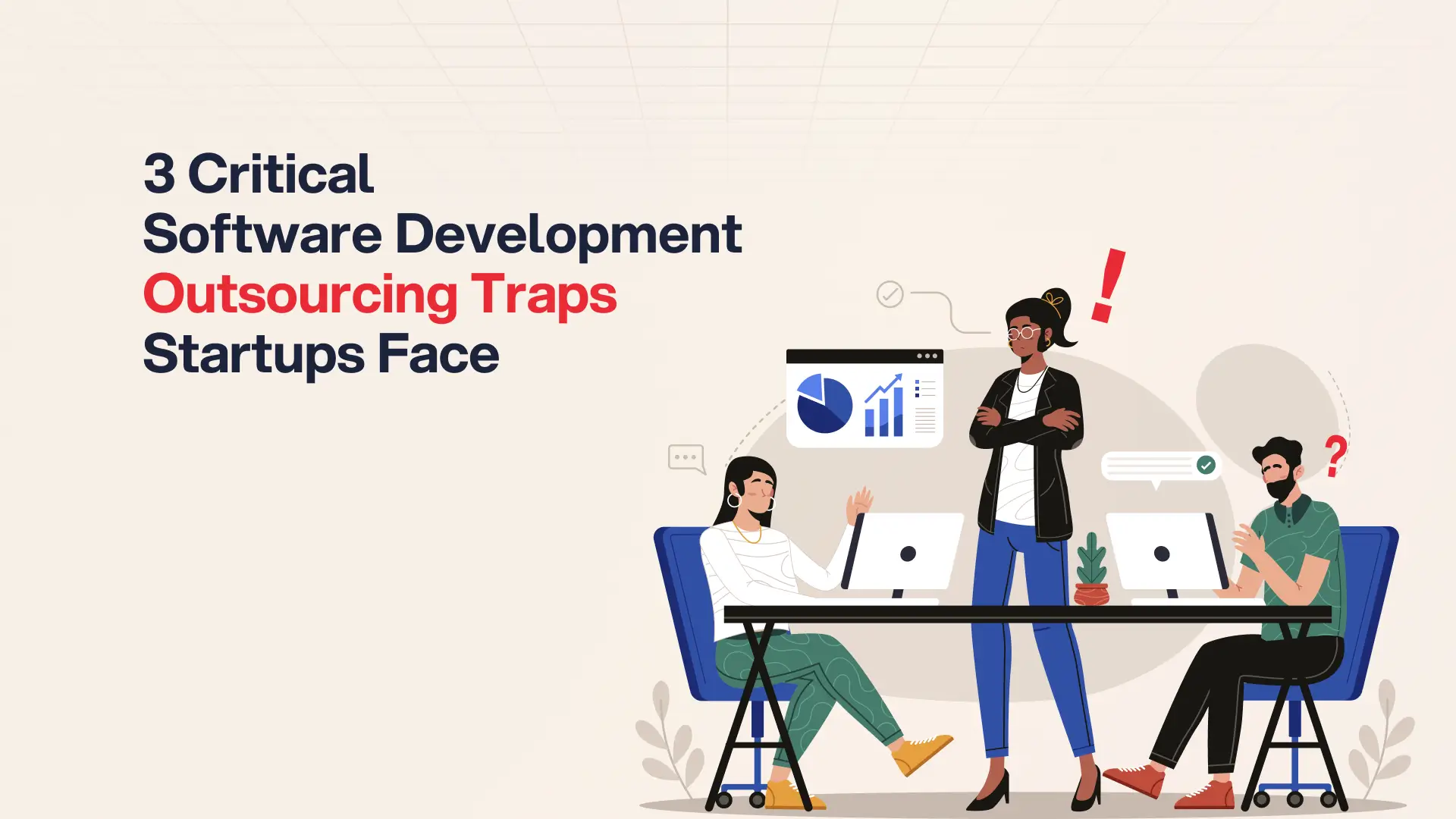Post Activity
 190
190
Table of Content
Share This Post
Table of Content
Among all the relationship-based software development outsourcing models, the project-based model is the easiest to implement. It is a plug-and-play setup where businesses lay out their project scope to their vendor, and the vendor company delivers the product within the set deadline. It is used for MVP development, legacy modernization efforts, migration or integration projects, and more. In a business landscape where companies are constantly under pressure to innovate and upgrade, the question of choosing the right outsourcing model is pivotal. For a business planning to outsource software development, the following key features of the project-based outsourcing model help determine whether it is the right fit for their endeavor.
Key Features of the Project-Based Outsourcing Model
A project-based outsourcing model is a contractual arrangement where a business hires a third-party provider to complete a specific, well-defined project with a predetermined scope, timeline, and budget. Here, the client company transfers full responsibility for the project’s execution to the external/ vendor team, focusing on results rather than managing the day-to-day work.
Little to no involvement of the internal team
The vendor company has a full-scale team in place to ensure on-time product delivery. Reputable outsourcing companies provide each project with a development team, a QA team, and a technical project manager as per the agreement. The client company may leave the full effort in the vendor company’s hands, checking in from time to time. The company may also be more involved in the process, as per the company’s needs. However, it is best to define the level of involvement from both sides during setting the terms for the project so that both parties are aware and comfortable with the setup
Vendor takes full responsibility for product delivery
The client company is responsible for defining the requirements and specifications clearly for the project. However, the development and deployment of the product or prototype is on the vendor team. They are fully responsible for delivering the product as specified in the agreement.
The project timeline and budget are specified
In the project-based outsourcing model, the client organization and vendor organization agree upon an estimated delivery deadline, a budget, along with a clear work schedule and initial sprint planning. Key deadlines and milestones are set beforehand and are expected to be met by both parties.
In short, the project-based outsourcing model is one of the most structured and predictable engagement approaches. By shifting responsibility to a capable vendor, businesses streamline execution without burdening the internal teams. To maximize the benefits of outsourcing, it is good to know some of the most popular use cases for project-based outsourcing.
Ready to Build Your Team?
Let’s create together, innovate together, and achieve excellence together. Your vision, our team – the perfect match awaits.
Use Cases for the Project-based Model
For strategic software development outsourcing, startups and larger firms choose the project-based outsourcing model instead of staff augmentation or getting a dedicated team when the project scope is specific and does not require long-term engagement. This is suitable for instances where the in-house team is more focused on the core products, and also for when there is no in-house tech team, but the company needs an MVP or prototype. However, for the latter cases, it is best to have at least one technical leader is essential for oversight.
The following are the use cases for this outsourcing model:
Early-stage projects
Project-based models are great for MVPs and prototypes because they require full-time engagement. This means the vendor team does the designing, coding, testing, and deploying as per the agreement.
Feature Addition or Enhancement
Adding features like AI recommendation, chatbots, enhancing product features, payment gateways, and building a more user-friendly interface can all be done with the project-based model.
Product Extension
Oftentimes, complex tasks among existing systems, ERP, CRM, payment systems, or third-party APIs are outsourced with a project-based outsourcing model.
A good example of start-ups outsourcing their MVP is GitHub outsourcing its backend of Gist. As of now, it has 420 million repositories and is one of the go-to vision control systems. On the other hand, large companies like Unilever outsource their ERP systems instead of moving their in-house team from their core tasks. This begs the question, which cases are best suited for project-based outsourcing? And we explore exactly that in the next section.
When to Choose the Project-Based Outsourcing Model
Unlike dedicated teams or staff augmentation, the project-based model focuses on delivering a complete solution efficiently and independently. The company hands over a clearly scoped project to the vendor, and they deliver it end-to-end within the agreed deadline. It is especially valuable for companies balancing innovation with resource constraints. Below are the most common scenarios where this model delivers maximum impact:
Clear project vision, but a lack of resources
If your organization has a well-defined project scope and requirements but lacks the capacity or expertise to execute internally, a project-based outsourcing model is an effective choice. It ensures progress without stretching your internal resources. This approach minimizes delays, ensures continuity, and leverages specialized skills without requiring permanent hires. For instance, Slack decided to outsource its UI/UX because even though they knew what they wanted, they lacked internal resources for the effort.
However, even with a clear project vision, gaps in documentation or misinterpretation of technical requirements can lead to a final product that falls short of expectations. Additionally, scope creep can occur if new features or modifications are requested mid-project.
To mitigate this risk, it is essential to conduct detailed requirement workshops, develop comprehensive user stories, and create wireframes or prototypes. Also, implement milestone-based approvals and a formal change management process to control scope creep. These steps help ensure both the client and vendor teams are fully aligned before development begins, reducing the likelihood of costly revisions and ensuring the delivered product meets the intended goals.
Thinking of Outsourcing?
Access a wide range of outsourcing companies and find your best fit.
The project is non-core but strategically valuable
Not every initiative justifies pulling your core development team away from core products. For side projects such as customer-facing apps, workflow automation tools, or internal platforms, outsourcing is a smart way to achieve results without distracting from your intellectual property or main revenue drivers.
There are several risk factors to account for in such cases. There may be integration problems because the outsourced project is developed differently from the company’s main infrastructure. The product may not fully align with the company’s long-term strategy or intended business outcomes.
To mitigate these, it is essential to clearly define the scope, objectives, and success criteria in the contract. Regularly review progress to ensure alignment. Also, structure contracts with milestone-based payments.
Budget control is crucial
Hiring and onboarding in-house talent is time-consuming and unpredictable. Project-based outsourcing firms already have specialized, skilled, ready-to-deploy teams with experience across industries and technologies. They can expedite delivery and help you stay competitive.
Even with defined requirements and a budget, maintaining budget control carries several risks. First, total project costs may exceed initial estimates due to unforeseen technical challenges or additional requirements. Moreover, hidden vendor fees for project management, QA, or integration can add unexpected expenses. On the other hand, for offshore projects, currency fluctuations may impact the actual cost.
To address these risks effectively, it is essential to define the full project scope, objectives, and deliverables upfront. Furthermore, clearly outline all costs and services in the contract, including potential add-ons. In addition, for international engagements, negotiate pricing in a stable currency or include clauses to address exchange rate variability.
Final Thoughts
The project-based outsourcing model offers a structured, predictable way to deliver well-defined projects without overextending internal teams. It is particularly effective for MVPs, feature enhancements, system integrations, or modernization initiatives where speed, expertise, and cost control matter most. By shifting responsibility to a capable vendor, businesses can streamline execution and focus on core priorities.
However, success with this model depends on clarity. Well-documented requirements, milestone-based reviews, and transparent contracts are essential to avoid scope creep, hidden costs, or misalignment with long-term goals. When applied thoughtfully, project-based outsourcing can accelerate innovation, reduce risks, and free resources for strategic initiatives. For any business weighing this option, the key is assessing whether the project has a clear scope, defined outcomes, and a limited need for ongoing oversight. If it does, this model can be a smart and effective path forward.
Find Your Perfect Software Outsourcing Partner
Unlock a world of trusted software outsourcing companies and elevate your business operations seamlessly.






